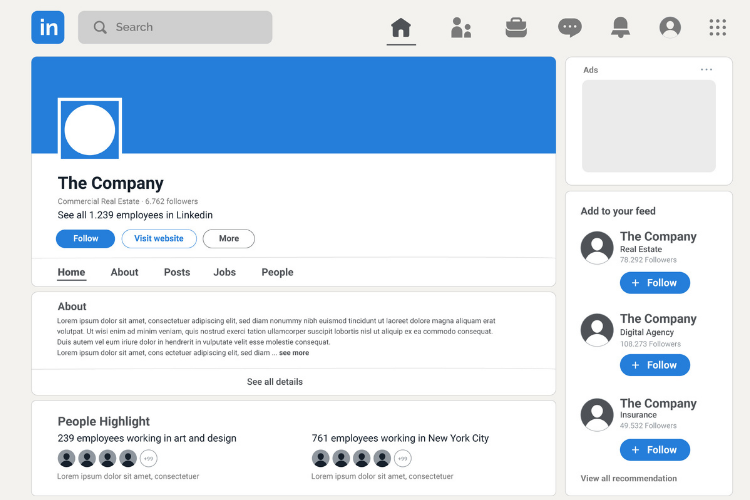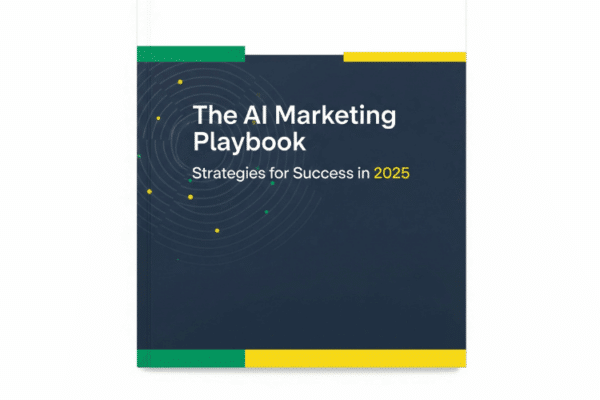Account Based Marketing: Fundamentals and Strategy
Account Based Marketing: Fundamentals and Strategy
Account Based Marketing (ABM) is a strategic approach where marketing and sales teams collaborate to target specific, high-value companies. Unlike traditional marketing, which focuses on a broad audience, ABM treats each target account as an individual market, offering them tailored, personalized experiences. This strategy aims to use resources more efficiently by focusing on accounts with the greatest revenue potential. The core principles of ABM include customer centricity, personalized campaigns, sales and marketing alignment, treating each account as a market, and prioritizing high-value accounts.
Strategic Advantage: ABM vs. Traditional Marketing

ABM and traditional marketing differ fundamentally in how they approach reaching potential customers:
Target Audience: Traditional marketing targets a broad audience, while ABM focuses on a select few high-value accounts. This allows ABM to concentrate its marketing efforts on the most promising potential customers.
Personalization: ABM emphasizes highly personalized campaigns tailored to specific accounts, in contrast to the more general messaging of traditional marketing. This personalization ensures that messages resonate more with the target audience.
Sales and Marketing Alignment: ABM requires close collaboration between sales and marketing, whereas in traditional marketing, these teams often operate independently. In ABM, alignment ensures that both teams work together towards the same goals.
Focus: Traditional marketing is often lead-oriented, aiming to generate a large number of potential customers, while ABM is account-oriented, prioritizing engagement and revenue from key accounts. This shift in focus ensures that marketing efforts are directed towards the most valuable potential customers.
Funnel Approach: ABM can be seen as “flipping” the typical B2B lead generation funnel by identifying target accounts first, rather than creating broad awareness. This reversed approach ensures that marketing efforts are focused on the most likely customers.
LinkedIn Account Based Marketing

LinkedIn is a highly effective platform for Account Based Marketing strategies. Its business-oriented structure allows you to directly reach and interact with key decision-makers in your target companies. Tools like LinkedIn Sales Navigator help you find companies and the right people within them that match your ideal customer profile. Additionally, you can create custom campaigns with personalized content and ads for your target accounts, thereby increasing brand awareness and building stronger relationships with your potential customers.
Email Marketing
In addition to LinkedIn, email marketing is an indispensable tool for ABM strategies. Through personalized emails, you can send specific messages and content to relevant individuals in your target accounts. These emails can address the target account’s specific problems and needs, leading to higher engagement and conversion rates. Thanks to email automation tools, you can manage these personalized communications in a scalable way and effectively guide your potential customers through different stages of the sales funnel.
Measuring ABM Success and Avoiding Common Mistakes

To measure the success of ABM campaigns, it is important to track key performance indicators (KPIs) such as target account engagement, account penetration rate, account progression rate, customer lifetime value, and average deal size. These metrics provide valuable insights into the effectiveness of your strategies and help you identify areas for improvement. 1 Common mistakes in ABM implementation include targeting too many accounts, failing to align sales and marketing teams, neglecting personalization, and not tracking metrics correctly. To avoid these mistakes, prioritize accounts, align sales and marketing teams towards the same goals, create personalized content, and measure performance regularly.









